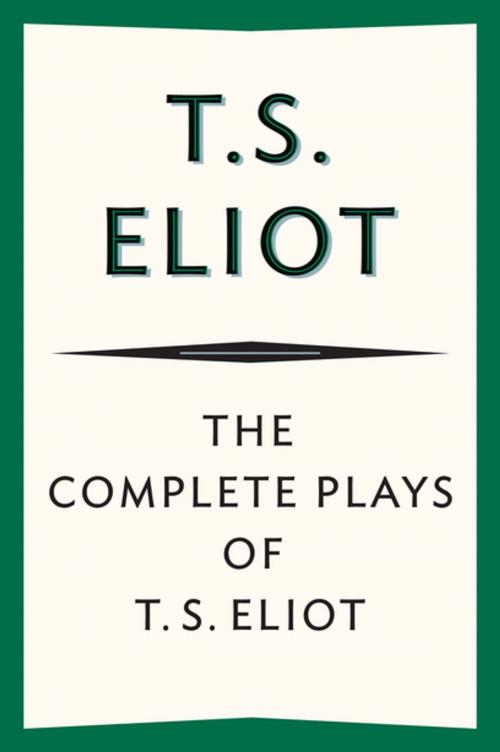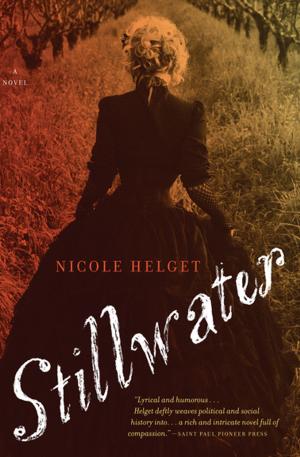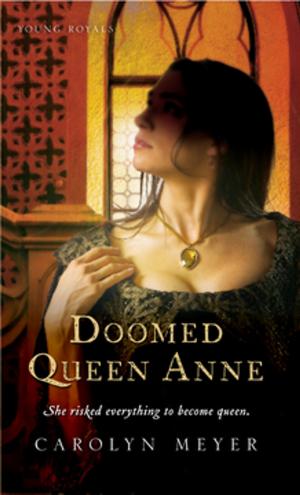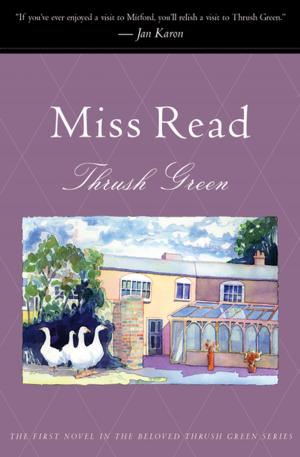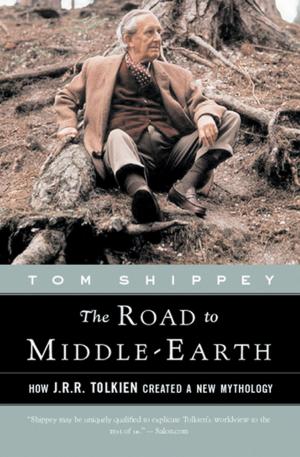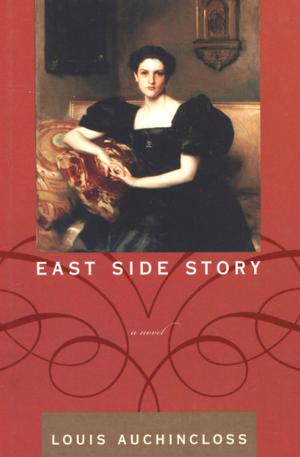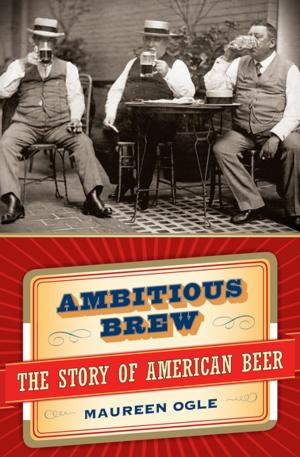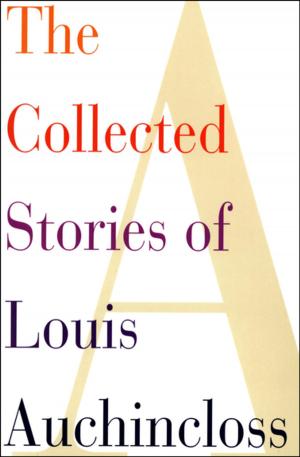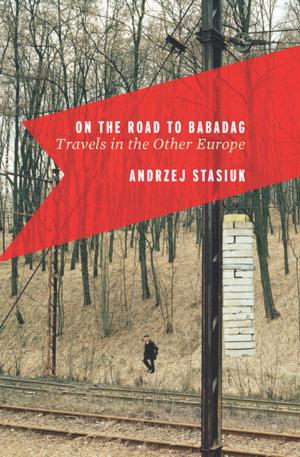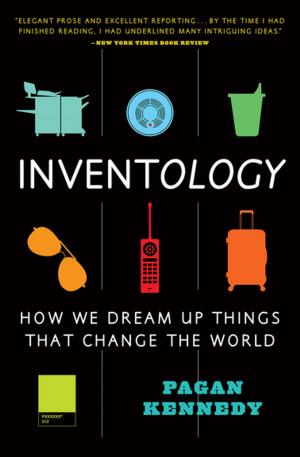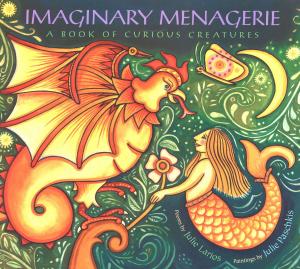The Complete Plays of T. S. Eliot
Fiction & Literature, Drama, British & Irish, American, Nonfiction, Entertainment| Author: | T. S. Eliot | ISBN: | 9780544358454 |
| Publisher: | Houghton Mifflin Harcourt | Publication: | March 4, 2014 |
| Imprint: | Houghton Mifflin Harcourt | Language: | English |
| Author: | T. S. Eliot |
| ISBN: | 9780544358454 |
| Publisher: | Houghton Mifflin Harcourt |
| Publication: | March 4, 2014 |
| Imprint: | Houghton Mifflin Harcourt |
| Language: | English |
The collected dramatic works of the Nobel Prize winner, from Murder in the Cathedral to The Elder Statesman.
T. S. Eliot’s plays—Murder in the Cathedral, The Family Reunion, The Cocktail Party (which won a Tony Award for its Broadway production), The Confidential Clerk, and The Elder Statesman—are brought together for the first time in this volume. They summarize the Nobel Prize winner’s achievements in restoring dramatic verse to the English and American stages, an effort of great significance both for the theater and for the development of Eliot’s art.
Between 1935, when Murder in the Cathedral was first produced at the Canterbury Festival, and 1958, when The Elder Statesman opened at the Edinburgh Festival prior to engagements in London and New York, Eliot had given three other plays to the theater. His paramount concerns can be traced through all five works. They have been said to be closely related, marking stages in the development of a new and individual form of drama, in which the poet worked out his intention “to take a form of entertainment, and subject it to the process that would leave it a form of art.” What Mark Van Doren said, in reviewing Murder in the Cathedral, is true of all these plays: “Mr. Eliot adapts himself to the stage with dignity, simplicity, and skill.”
The collected dramatic works of the Nobel Prize winner, from Murder in the Cathedral to The Elder Statesman.
T. S. Eliot’s plays—Murder in the Cathedral, The Family Reunion, The Cocktail Party (which won a Tony Award for its Broadway production), The Confidential Clerk, and The Elder Statesman—are brought together for the first time in this volume. They summarize the Nobel Prize winner’s achievements in restoring dramatic verse to the English and American stages, an effort of great significance both for the theater and for the development of Eliot’s art.
Between 1935, when Murder in the Cathedral was first produced at the Canterbury Festival, and 1958, when The Elder Statesman opened at the Edinburgh Festival prior to engagements in London and New York, Eliot had given three other plays to the theater. His paramount concerns can be traced through all five works. They have been said to be closely related, marking stages in the development of a new and individual form of drama, in which the poet worked out his intention “to take a form of entertainment, and subject it to the process that would leave it a form of art.” What Mark Van Doren said, in reviewing Murder in the Cathedral, is true of all these plays: “Mr. Eliot adapts himself to the stage with dignity, simplicity, and skill.”
